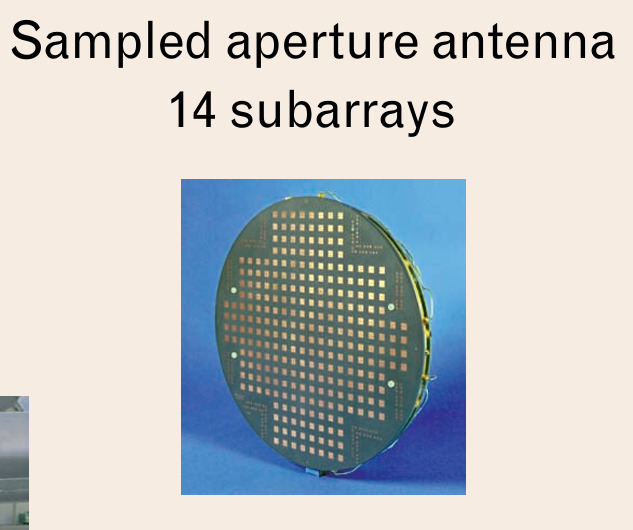Antenna modules as long as able to be controlled separately is AESA, and if controlled by uniformly is PESA. The line is blurred however for AESA with multiple antenna attached to same T/R or PESA with more than 1 T/R module.
So with the PL-15, which you have admitted shows no T/R modules, you are saying it can be PESA or AESA? How do you know for certain? That is all I am asking.
I am not the one who concluded that this is AESA from this picture. My defence is based on the fact that 1. having holes doesn’t mean it is slot planar array and 2. This is the first time we have seen any part of the seeker, but as this picture showed there are more to it than just this bit, cause this doesn’t even confirm it to being a PL15.

This is what confirms it, I look forward to seeing more of it to shed some light on the issue, however I can not confirm that it is AESA, but that is not excluded from the possibility and as far as public information shows the PL15 did have an AESA seeker.
As for PESA, my suggestion would be that it requires too much power to have 200km range, assuming PL15E and PL15 uses same seeker.
(MiG31 for example)
Okay, so the fact that it matches a slotted waveguide antenna design perfectly should be counter to this. Glad we cleared up the confusion.
Which you can not confirm either. The structure u mentioned shares little similarity and also is completely based on ur assumptions and no evidence.
it’s a test unit, which is much larger than real missile
Source ?
It says Ka band experimental device for AAM-4 and SSM-1
and the lock(in colored image) under the device suggests it’s quite a large device.

You know they make small locks right?
I know it was a prototype, but nothing suggests its larger than the actual head.
the lock and the metal name plate on side, suggests it’s a really large device.

They make small metal name plates too
I guess you are joking. this is just a normal nameplate you can see in most devices
No, they make many different sizes of name plates. It doesn’t really mean anything for the test things size
nameplate is used for read, no need to make it small, same for the lock.
it’s a device for experiments, not a delicate miniature
I believe this is not the antenna. it’s just a back plate, the “units” are just copper contacts used to weld the units. same part of the PL-15 antenna’s remain
It is a different type of antenna, but instead of guessing you could have inquired about where it was from.
These are the subarrays of a sampled aperture antenna and part of a document detailing seekers used to detect low RCS cruise missiles;

In this case, these patches are the full TR modules:

That array in particular does not have anything else on the front of it. The backplate on the PL-15 seeker piece indicates to me that it is not an ESA. Such a design does not need holes in it for wires.
This design is intended for use in a missile, yet it is simply a modern monopulse antenna array… it is not an ESA, instead resolves many of the flaws of older non ESA slotted waveguide antenna as outlined in the article. It’s a good read, I recommend it.
That being said, while the PL-15E seeker does appear to be a slotted waveguide antenna imo, it may feature changes I have not seen in any scholarly works as air to air missile seeker technology is bleeding edge technology. Many of the work-a-rounds found in one nation may not be found in another. It is possible that it is an ESA, but I doubt that is the case and most of that is based on the fact that it is an export missile.
Here is another missile with such an antenna, note there are no T/R modules on the front as stated earlier:
@WreckingAres283 Sorry for late ping, I have come to another hypothesis;
Russia and China’s latest slotted waveguide antenna look similar.
This is 9B-1103M1, the 9B-1103M2 supposedly will be AESA, but not the M1.

AESA radar is not that limited, considering numerous Chinese export AESA radars both in military and civilian. Most sources suggests the PL-15E nerfed dual pulse rocket to single pulse.
It is conjecture, I have provided many examples of missiles with superior antenna design to what we have seen and shown that your claims of T/R modules in front of the slots is incorrect. I just don’t see any justification for calling it an AESA immediately. At the very least, we can all agree that there is no evidence that it has an AESA in the wreckage. The images are inconclusive at best.



